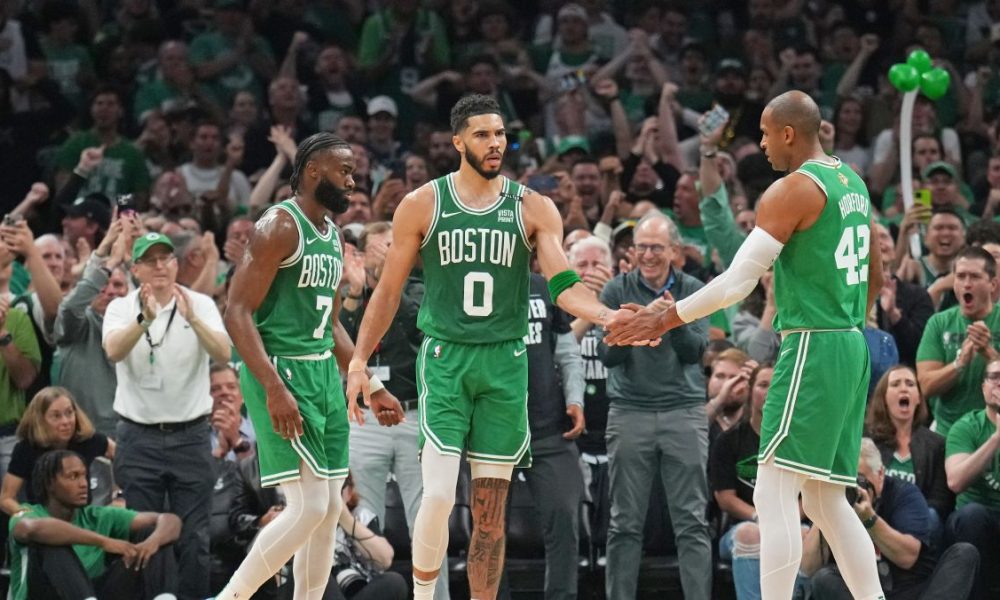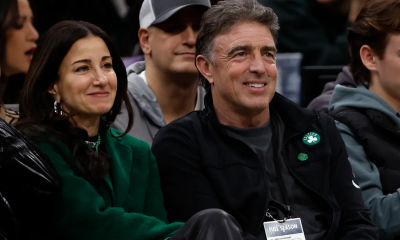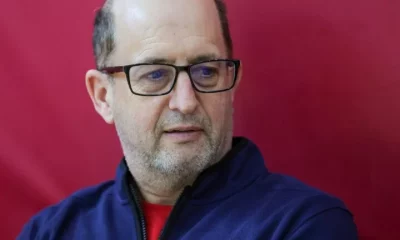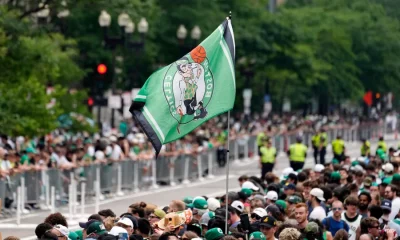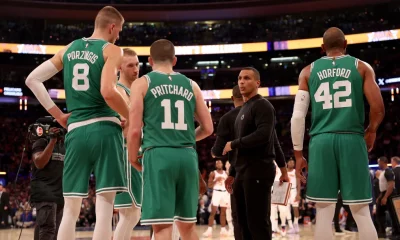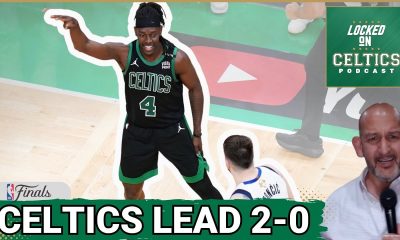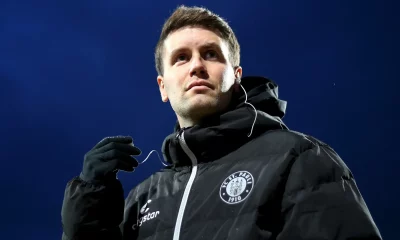Once the Celtics finish hanging Banner 18, they should raise another number alongside it forever: 44.
It’s long past time that the Celtics honor Danny Ainge for everything he has meant to the franchise since giving up a big-league baseball career to join the defending NBA champions in 1981.
He won two titles as a player, made an All-Star team, and in 1986 comprised one-fifth of the greatest starting five in NBA history. He then built the 2008 champions before assembling the pieces that just won it all again this week.
He’s directly responsible for bringing Jaylen Brown, Jayson Tatum, Brad Stevens, and Joe Mazzulla to Boston. The C’s might not be champions without any of them. It’s time to give Danny his due.
The Celtics have retired 23 numbers (24 if you count Jim Loscutoff’s LOSCY), so what’s one more? Few Celtics outside of Red Auerbach have made a longer impact on the organization, and even if Ainge wasn’t technically here to see this latest title through – he left in 2021 to oversee the basketball operations in Utah – we’re still talking four decades and four championships. Might as well stick those double-fours in the rafters, too.
Ainge the player was marginally worthy of the honor on his own. The other four members of that fabled starting five have their numbers hanging high above courtside in Larry Bird, Kevin McHale, Robert Parish, and Dennis Johnson. They’re all Hall of Famers, too.
Ainge might not have quite measured up to their individual level, but outside of Bird, who would’ve dominated any era, Ainge is the player whose game would’ve most seamlessly translated to today’s NBA.
An insane athlete – he reached the big leagues at age 20 with the Blue Jays and remains the last position player to appear in the NBA – he could do a little of everything on the floor. A dead-eye shooter, he was the first player to make more than 100 3-pointers in a season, and watching him shoot, it was apparent he’d have taken 500 more if only the shot were a more accepted part of the game.
As it is, he retired as a 37.8 percent shooter from beyond the arc, a couple of percentage points ahead of Bird. Alongside Dale Ellis, he was one of the league’s first high-volume, high-accuracy bombers. He might’ve been Jamal Murray or a more versatile JJ Redick in today’s NBA.
He could also play defense, frequently drawing the thankless task of checking Michael Jordan, and he eventually became the team’s primary ball-handler, too. Bird loved giving him grief about being a black hole, but Ainge’s shoot-first mentality would’ve made him the perfect gunner for the modern NBA.

